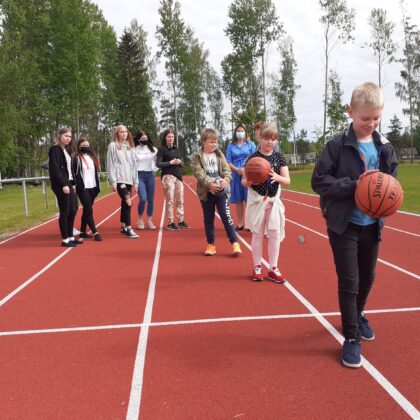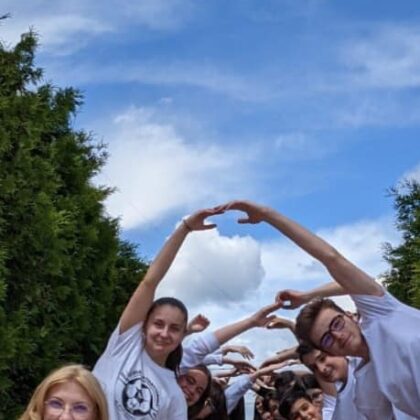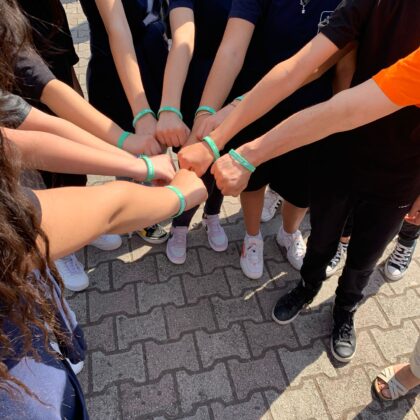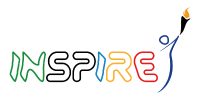Olympism at School
A Practical Guide for Secondary School Teachers
There is a need to experiment new strategies and tools in the school context (especially for SDG, most at risk of early school leaving) and also teachers wish to live new motivational experiences. It is therefore important to increase participation and involvement of students and adopt methods for favouring a positive image of oneself and valorising different cognitive styles.
It is for this that through this project we aim to provide space for teachers and students with diverse religions, socio-economic backgrounds, languages, habits so as to contribute to a positive exchange and to stimulate a mutual knowledge oriented and finalised to a reflection on the common European citizenship.
The “Olympism at School” Guide, designed for learners from 10 to 14 years, will be an extensive educational resource packed with ideas, stories and activities that can teach values and inspire youth.
It aims to provide an approach through which learning process can be complemented with sport and physical activities: it is the result of a work carried out in partnership by the organizations participating in the project and specifically by teachers, coaches, educators and youth trainers.
It is made up of three sections:
– Section 1, The Olympic Values Education: a Sports-based Programme, introduces the Fundamental Principles of Olympism and the power of Sport to be the bearer of educational values.
– Section 2, The Olympic Games: blending Sport with Culture, it is a path to do with students with the help of the Queen of Sport, the Olympics, and with all that is part of this extraordinary event. It is divided into sixteen chapters in which specific topics are addressed: a first theoretical-practical part to be carried out in the classroom is followed by a second part which uses the knowledge and material produced to carry out fun and constructive motor activities.
– in Section 3 we can find the Bibliographic References that were used for the historical and narrative contents of this manual.
We hope that this Guide will be of help to all teachers wishing to integrate a non-formal educational approach with curricular activities and that it can be used in all those situations in which Sport becomes a tool for training and growth for young people.




